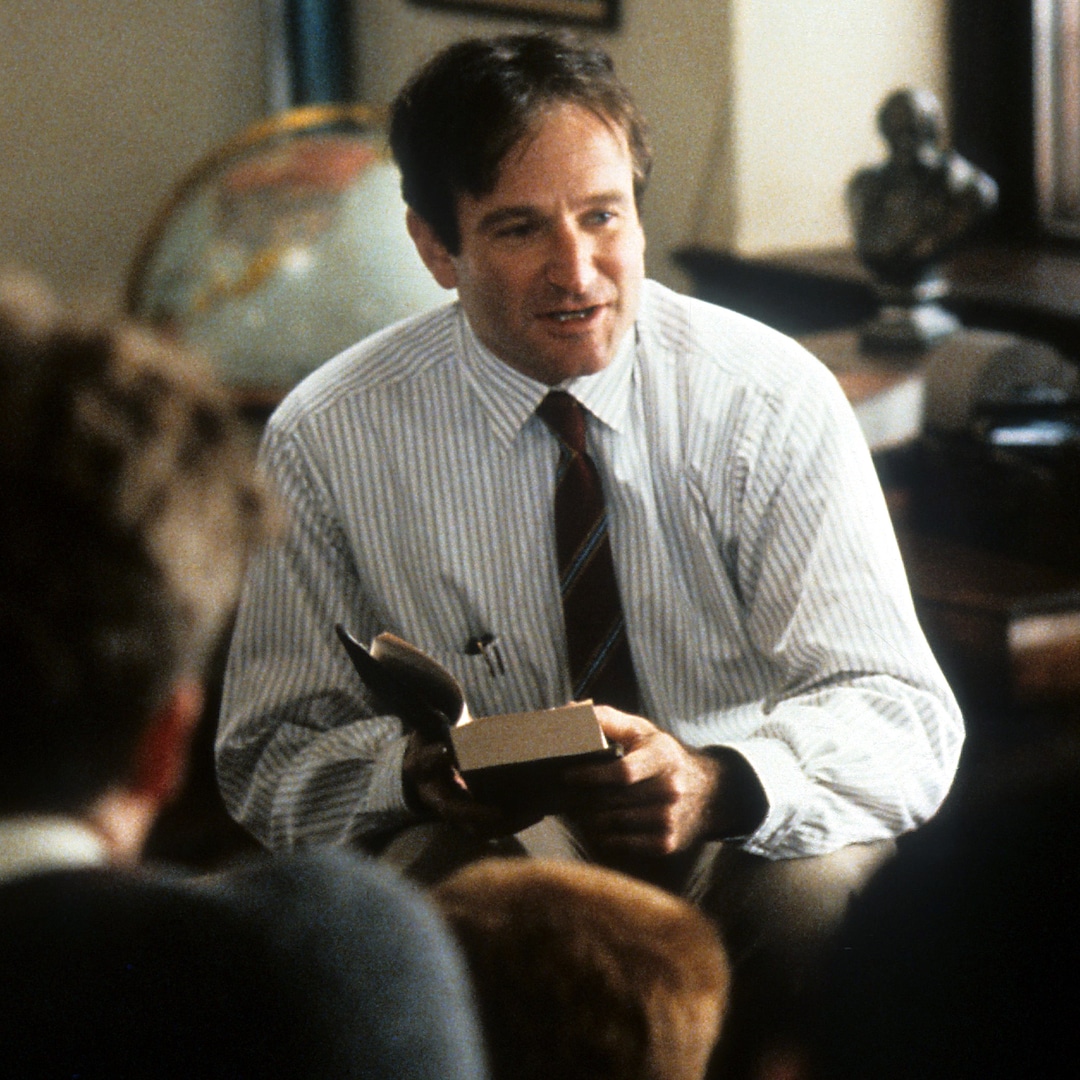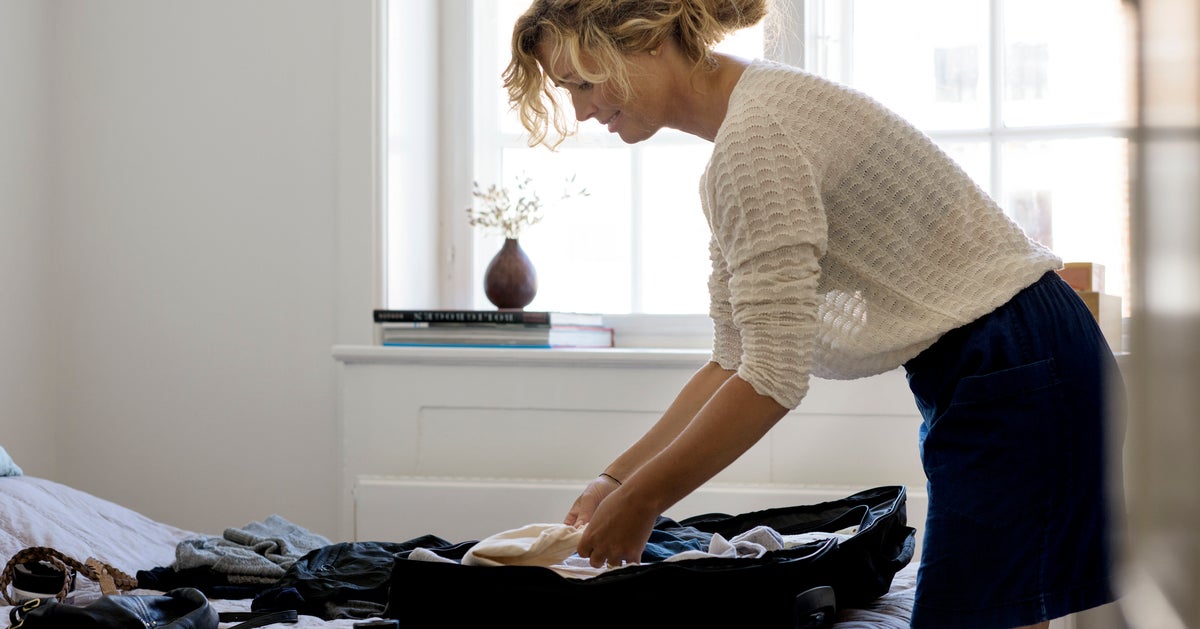Six in 10 of all arts and culture workers in the UK now come from middle-class backgrounds, compared with just over 42% of the wider workforce, according to new research.
And while 23% of the UK workforce is from a working-class background, working-class people are underrepresented in every area of arts and culture. They make up 8.4% of those working in film, TV, radio and photography, while in museums, archives and libraries, the proportion is only 5.2%.
The report by the Creative Industries Policy and Evidence Centre draws together data from the 2021 census and the quarterly Labour Force Survey, breaking down inequalities in the UK’s arts, culture and heritage workforce by background and region. It shows the cultural sector falling short on other measures of diversity too: 90% of workers are white and only 20% are disabled.
Dr Mark Taylor, researcher and co-author of the report, said: “While there are some small year-on-year changes in the percentages of people in these occupations over the last decade, the overriding message is one of consistency, despite attempts that have been made to make changes to the sector.”
London and the south-east of England disproportionately hoard arts and culture workers, reflecting the clustering of cultural institutions and activities in the capital. While in areas like Darlington and Blackpool, less than 1% of people work in arts and culture, in the London boroughs of Hackney and the City of London, that figure is more than 8%.
The figures are no surprise, says Neil Griffiths, co-founder of Arts Emergency, a charity that helps young people from underrepresented backgrounds access arts careers via long-term support and mentoring. “The problem goes back at least 45 years and we’ve seen it getting worse,” Griffiths says. “It’s an abysmal statement on this government, this nation, and these industries.”
There’s been a pattern of governments and cultural organisations failing to tackle the problems that prevent underrepresented people accessing arts careers. These include a lack of fair and reliable wages and access to industry networks, but the solutions presented are often one-off workshops or schemes. “Creativity and culture are not like other industries. The power of networks and connections is multiplied. And you can’t talk about diversity if you’re not making the workers secure. Testimony from the frontline is people drop out, they find it hard to progress,” Griffiths says.
Comedian and writer Sian Davies runs Best in Class, an organisation that helps working-class comedians. Barriers to accessing the arts start at a grassroots level says Davies – if you don’t know people who work in these industries, it’s less likely you’ll consider them a viable career, and it’s harder to enter them: “The industry is often built on nepotism, and secret nods and handshakes, and unpaid internships.”
They key question for Davies is “What are we doing about it?”, she says. “I’ve got a cohort of working-class people keen to work in the industry, but no one’s reaching out. I want to see companies doing that. We’re here.”
Griffiths agrees: “We’re providing an alternative infrastructure, replicating the web of support you need to get into these careers. If you haven’t got programmes to meet people in their communities, putting them in a position of strength rather than coming in like a middle-class missionary, you’re not doing it right.”







